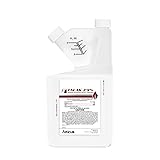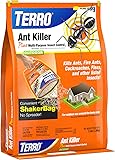Pest Lockdown
Do Carpenter Ants Bite? Understanding the Risks and Solutions
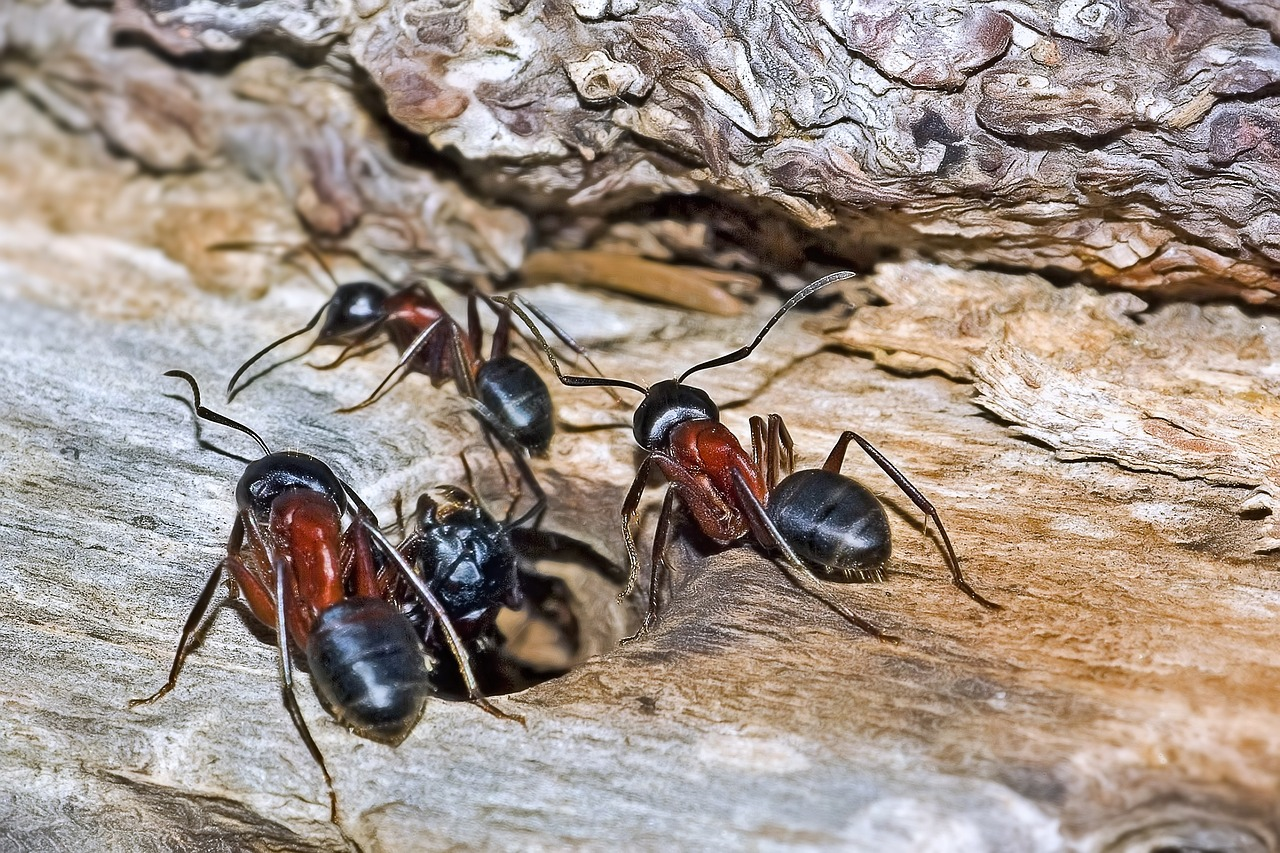
Carpenter ants are among the most common pests that homeowners encounter, especially in regions with abundant wood and moist environments. These ants are not just nuisances; they can cause significant structural damage to homes. A common question that arises when dealing with these pests is: Do carpenter ants bite?
This article delves into this query, providing a comprehensive overview of carpenter ants, their behavior, the risks associated with their bites, and effective solutions for managing an infestation.
What Are Carpenter Ants?
Carpenter ants are large ants belonging to the genus Camponotus. They are notorious for nesting inside wood, where they excavate extensive networks of tunnels and galleries. Unlike termites, carpenter ants do not consume wood but rather remove it to create space for their nests. This behavior can lead to significant damage to wooden structures, including homes, decks, and furniture.
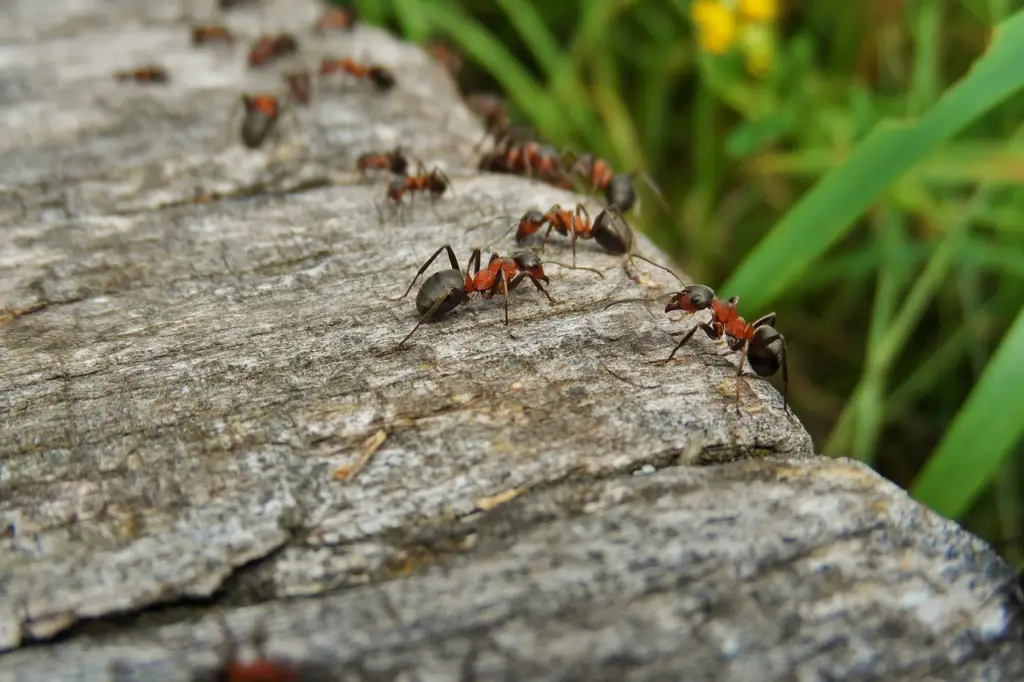
Identification of Carpenter Ants
Carpenter ants are relatively easy to identify due to their size and coloration. They are one of the largest ant species, with worker ants ranging from 3.4 to 13 mm in length. They are typically black or dark brown, although some species may have reddish or yellowish hues.
Key characteristics of carpenter ants include:
- Size: Larger than most other ant species.
- Color: Mostly black, but can also be red, brown, or a combination.
- Body Structure: They have a rounded thorax and a single node between the thorax and abdomen.
- Wings: Winged carpenter ants, often confused with termites, have different sized wings – the front pair is larger than the back pair.
Carpenter Ant Behavior
Carpenter ants are primarily nocturnal, preferring to forage for food at night. They are omnivorous and feed on a wide variety of substances, including sweets, meats, and other insects. Much like bull ants, carpenter ants are particularly attracted to moist or decayed wood, which makes it easier for them to excavate their nests.
These ants establish satellite colonies, which can spread to different parts of a structure. This behavior makes them particularly challenging to control, as simply treating one area of an infestation may not be sufficient.
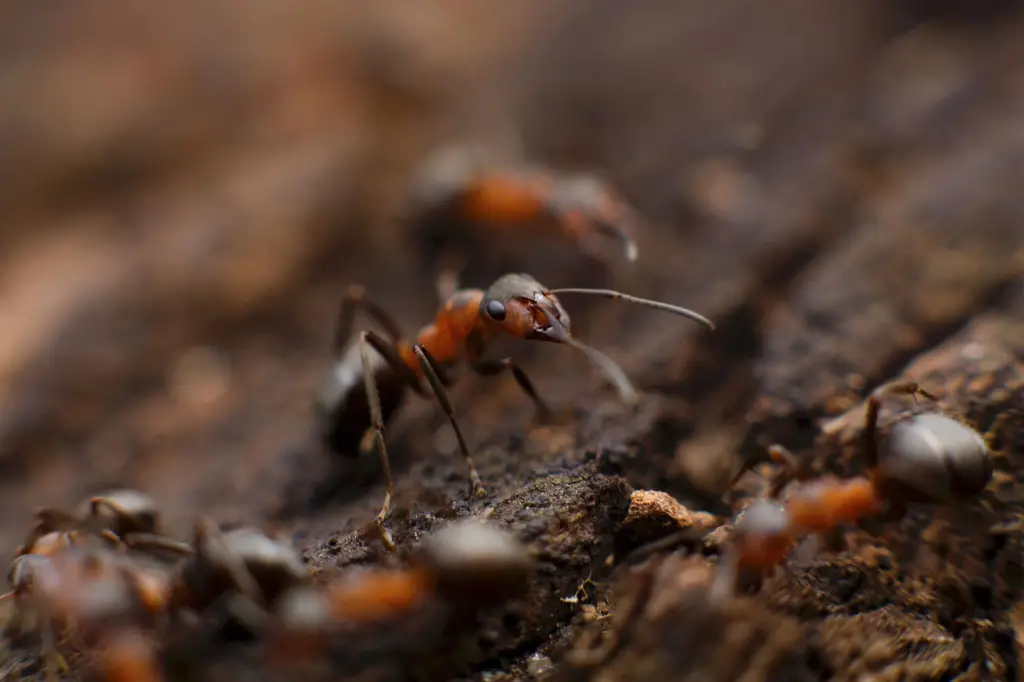
Do Carpenter Ants Bite?
Yes, carpenter ants can bite. However, they are not typically aggressive towards humans and will usually bite only if they feel threatened or if their nest is disturbed. The bite of a carpenter ant is not venomous, but it can be painful due to their strong mandibles.
Understanding Carpenter Ant Bites
- Pain and Symptoms: A carpenter ant bite can be quite painful, similar to a pinprick or a pinch. The bite site may become red and swollen, and in some cases, it may form a small blister.
- Chemical Spray: Carpenter ants can also spray formic acid into the bite wound, which can cause a burning sensation and increase the pain.
- Allergic Reactions: Although rare, some individuals may have an allergic reaction to a carpenter ant bite, which can result in more severe symptoms such as itching, swelling, and in extreme cases, anaphylaxis.
Health Risks of Carpenter Ant Bites
While carpenter ant bites are generally not dangerous, they can be uncomfortable and painful. The primary health risks associated with carpenter ants are not due to their bites but rather their ability to damage wooden structures. However, in cases of severe allergic reactions, medical attention may be necessary.
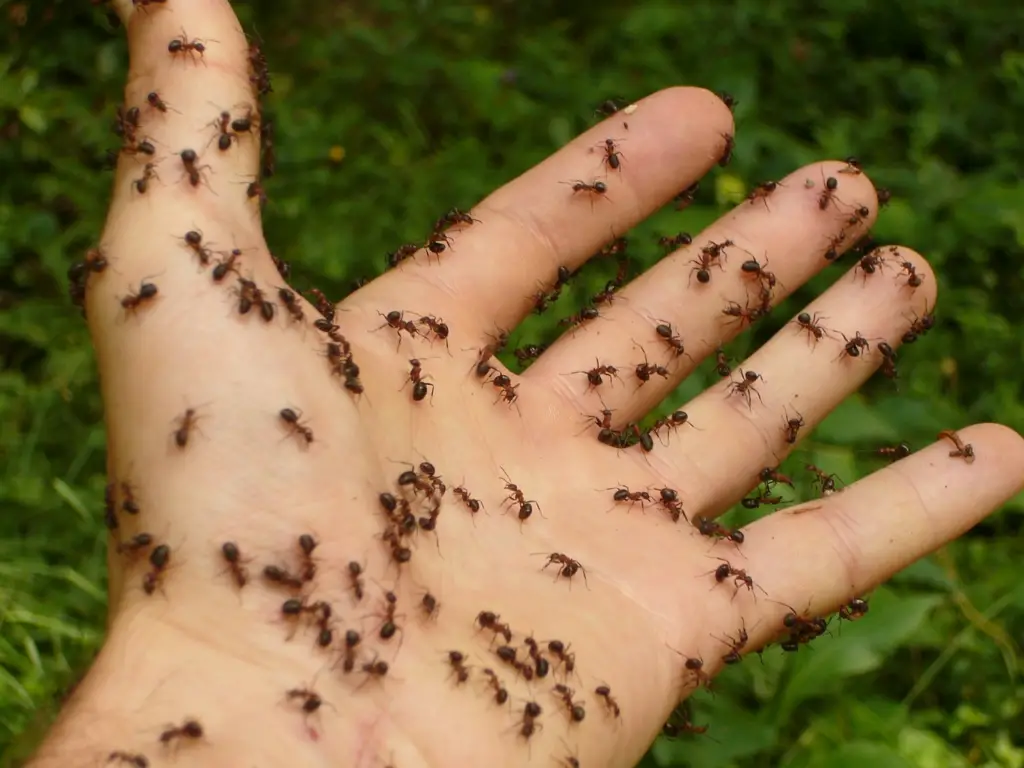
Preventing Carpenter Ant Bites
Preventing bites involves managing and preventing carpenter ant infestations. Here are some effective strategies:
- Eliminate Moisture: Since carpenter ants are attracted to moist environments, eliminating moisture sources can help deter them. Fix leaky pipes, ensure proper drainage, and use dehumidifiers in damp areas.
- Seal Entry Points: Inspect your home for potential entry points, such as cracks in the foundation, gaps around windows and doors, and utility line penetrations. Seal these openings to prevent ants from entering.
- Remove Decayed Wood: Regularly inspect your property for decayed or water-damaged wood and replace it promptly. This includes wooden structures, firewood, and stumps.
- Maintain Cleanliness: Keep your home clean and free of food debris. Store food in airtight containers and clean up spills promptly.
- Regular Inspections: Conduct regular inspections of your home, especially in areas prone to moisture, to detect and address any early signs of carpenter ant activity.
Treating Carpenter Ant Infestations
If you suspect a carpenter ant infestation, it is crucial to take immediate action to prevent further damage. Here are some steps to effectively treat an infestation:
- Identify the Source: Locate the primary nest and any satellite colonies. Carpenter ants often establish their nests in wall voids, insulation, and hollow doors.
- Baiting: Use ant baits specifically designed for carpenter ants. These baits contain a slow-acting poison that workers carry back to the nest, effectively eliminating the colony over time.
- Insecticide Treatments: Apply insecticides labeled for carpenter ant control to the affected areas. This includes spraying around entry points, nesting sites, and foraging trails.
- Professional Pest Control: For severe infestations, it is advisable to seek the services of a professional pest control company. They have the expertise and equipment to effectively manage and eliminate carpenter ant infestations.
Best DIY Pest Control Products for Carpenter Ant Infestations
If you are dealing with a carpenter ant infestation, we recommend these products:
Talak 7.9% Indoor/Outdoor Insect Control – Bifenthrin Concentrate (32 Ounce) by Atticus
- VERSATILE PARTNER, PROVEN EFFECTIVENESS: Talak 7.9% Indoor/Outdoor Insect Control contains 7.9% bifenthrin. Bifenthrin has been a trusted insecticide delivering reliable insect control for more than 35 years and may be used in nearly any residential, commercial, or recreational setting.
- ONE SOLUTION COVERS IT ALL: Our water-based formula can be used indoors and outdoors and dries clear, leaves no residue, and is odor-free. This hard-working insecticide may be applied to lawns, landscapes, outside surfaces such as porches, patio and hardscape cracks/crevices, and window frames as well as interior baseboards, cabinets, sinks, and interior plantscapes. Plus, Talak 7.9 F does not cause phytotoxicity, which means it won’t damage your plants.
- BROAD-SPECTRUM INSECT KILL: Talak 7.9% Indoor/Outdoor Insect Control targets more than 75 indoor and outdoor pests including ants, fleas, ticks, spiders, scorpions, mosquitoes, roaches, and wasps. Talak may also be applied as a mound drench to eliminate dangerous fire ant colonies. See the label for application instructions and complete insect control list.
- KILLS ON CONTACT, WORKS UP TO 3 MONTHS: Expect fast results with an active ingredient that gets right to work. Talak 7.9% Indoor/Outdoor Insect Control kills pests on contact and lasts up to 3 months for continued insect control. Simply dilute with the appropriate water amount per intended use and application volume as listed on the label. Once sprays have dried completely, people and pets are free to re-enter the area. Read product label for application rates, dilution rates, and instructions.
- GET THE WATER-BASED ADVANTAGE: Getting rid of bugs shouldn’t come with stains, spots, and scents. Our water-based formula can be used indoors and outdoors and dries clear, leaves no residue, and is odor-free. Plus, Talak 7.9 F does not cause phytotoxicity, which means it won’t damage your plants.
Sale
- Say Goodbye to Bugs – Kills ants, fire ants, roaches, fleas, crickets, earwigs, millipedes, mites, palmetto bugs, silverfish, sow bugs, and more
- Works Fast – The powerful granules kill listed insect pests within 24 hours of contact while also providing residual repellency
- Keep Insects Out – For outdoor use only, apply the granules as band treatment around house foundations and on lawns, or as a spot treatment on ant hills
- Easy to Apply – The resealable shaker bag design allows for convenient application, there’s no chemical spreader or broadcaster required
Sale
- Kill 235 bugs, including ants, ticks, armyworms, mosquitoes, fleas, spiders, periodical cicadas, and other listed insects with Ortho BugClear Insect Killer for Lawns & Landscapes Ready-to-Spray
- Starts killing within minutes and provides long-lasting control
- Use on lawns, around a home’s perimeter, and on ornamentals, flowers, trees, shrubs, vegetables & fruit trees
- Easily apply insect spray by connecting a garden hose to the attached sprayer
- Provides treatment for a 5,300 sq. ft. lawn, 1,400 sq. ft. of foundation/perimeter, or across 2,700 sq. ft. of foliage
Long-Term Prevention Strategies
- Routine Maintenance: Regularly inspect and maintain your property to prevent conditions that attract carpenter ants.
- Moisture Control: Continuously monitor and control moisture levels in and around your home.
- Landscaping Practices: Keep vegetation, mulch, and firewood away from your home’s foundation to reduce the risk of ant infestations.
- Regular Inspections: Schedule regular inspections with a pest control professional to detect and address any potential infestations early.
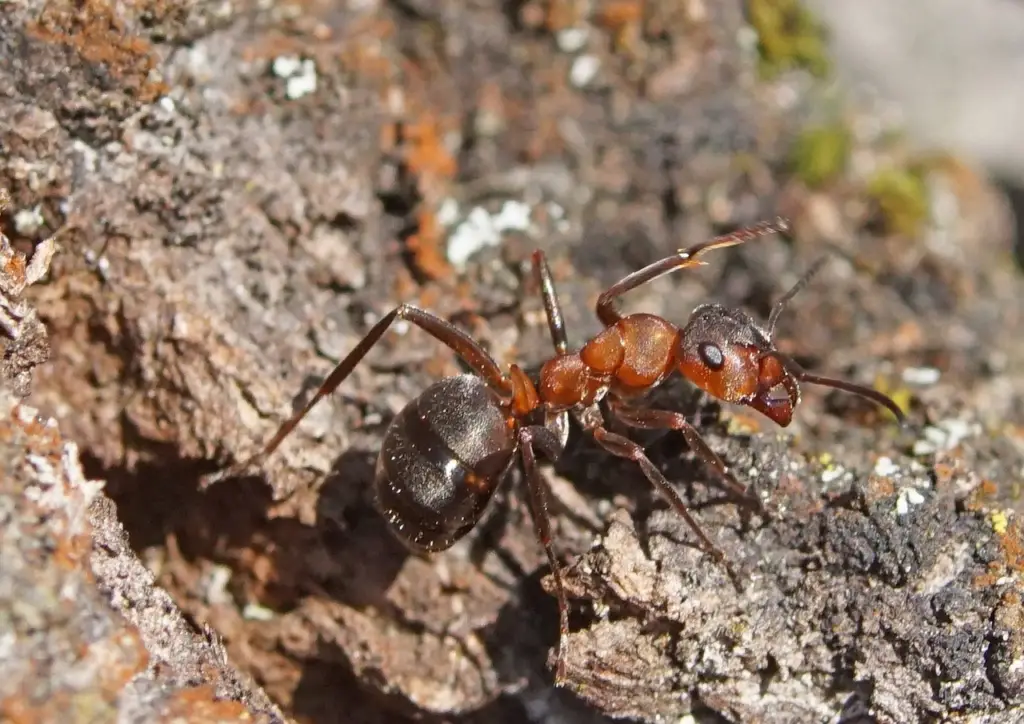
Conclusion
Carpenter ants are a significant concern for homeowners due to their ability to damage wooden structures and their potential to bite when threatened. While their bites are generally not dangerous, they can be painful and uncomfortable. Preventing carpenter ant infestations and effectively managing them when they occur is crucial to maintaining the integrity of your home.
By understanding the behavior of carpenter ants, implementing preventative measures, and promptly addressing any infestations, you can protect your home from the risks associated with these pests. Regular inspections, moisture control, and professional pest control services are key components of a comprehensive carpenter ant management strategy.
Last update on 2024-06-15 / Affiliate links / Images from Amazon Product Advertising API. Please note that this page contains affiliate links, and we may make a commission from any purchases made through these links, at no additional cost to you.

